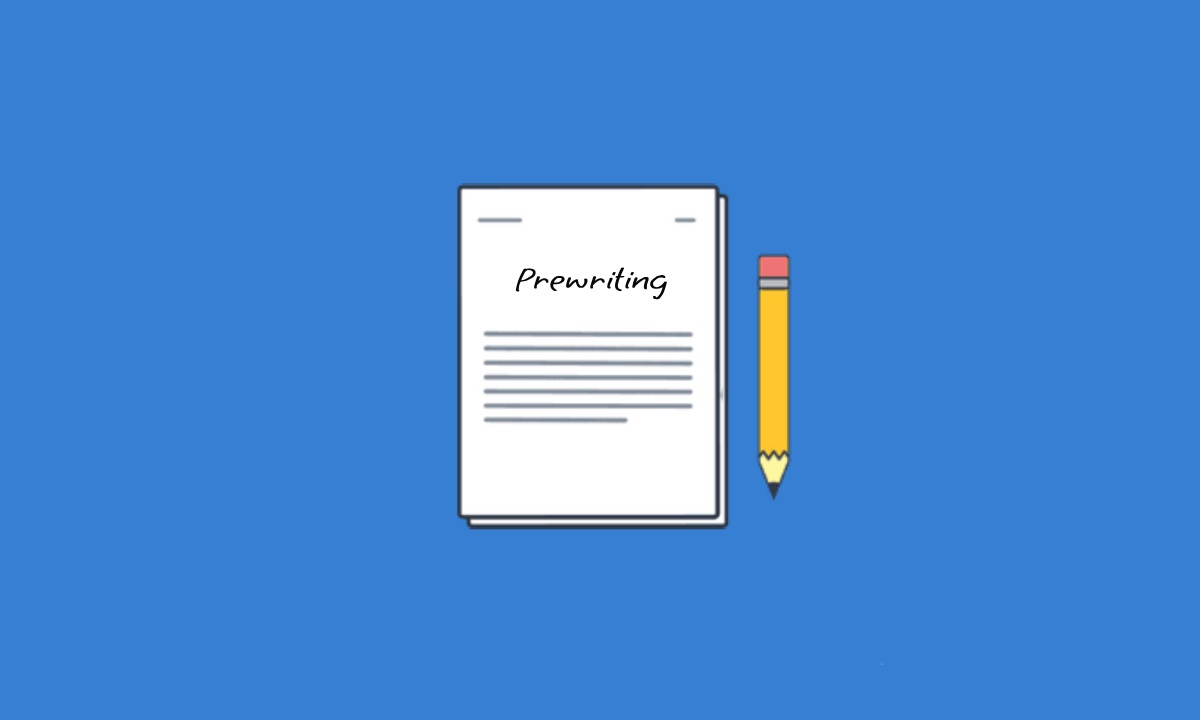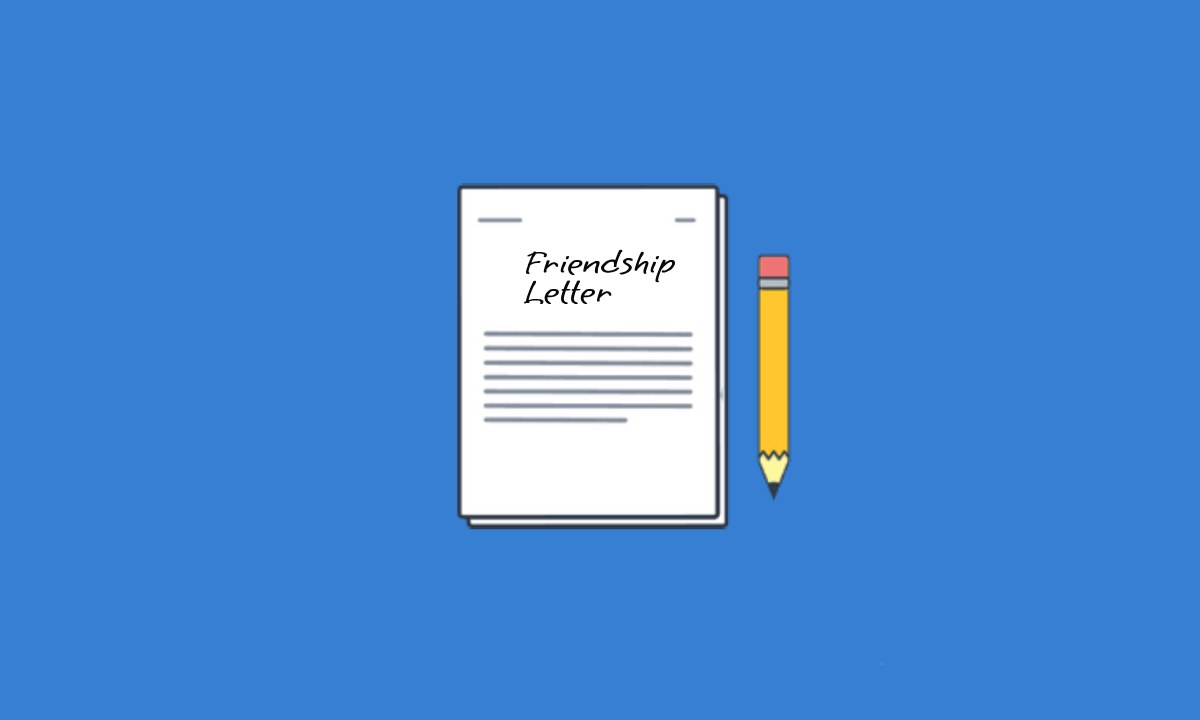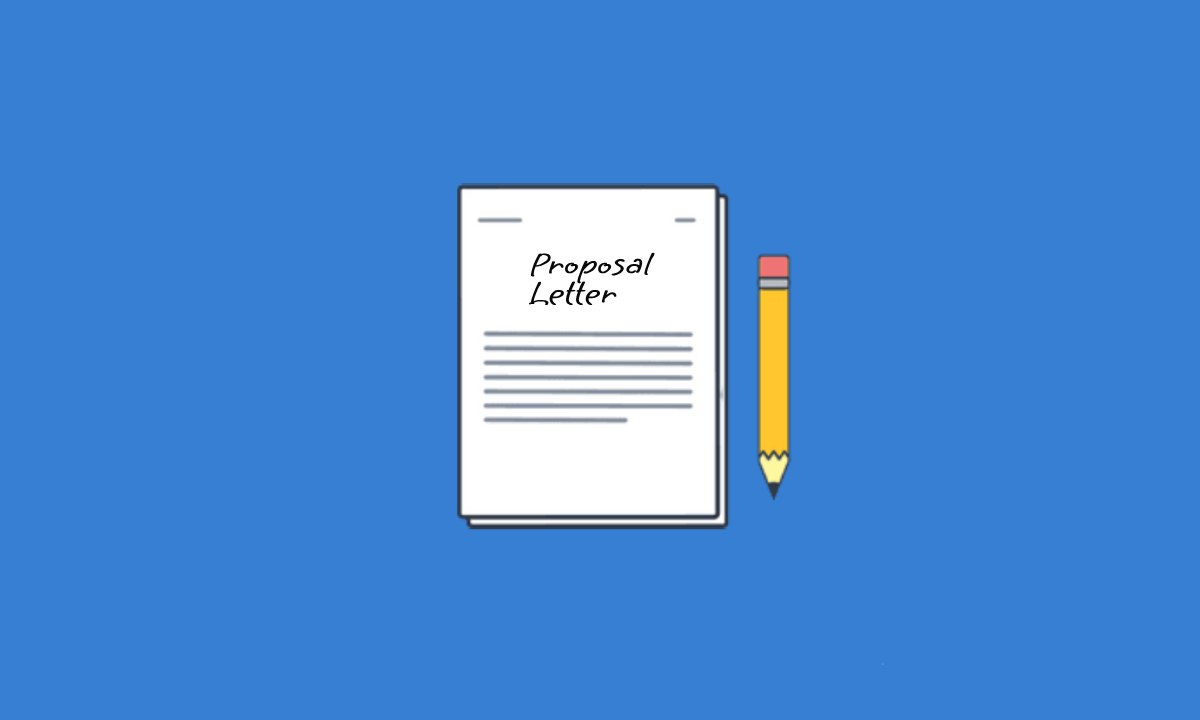What is Prewriting?
Prewriting is the initial stage of the writing process, where you gather ideas, organize your thoughts, and plan before drafting your text. It involves activities like brainstorming, researching, outlining, and mapping ideas to clarify your topic and structure before beginning the actual writing. This step helps improve focus and coherence in the final piece of writing.
Prewriting Techniques:
Prewriting techniques are essential for organizing thoughts and generating ideas before writing. Here are some common prewriting strategies:
Brainstorming:
Write down all ideas related to your topic without worrying about organization or quality. This helps in generating content quickly.
Freewriting:
Set a time limit and write continuously without stopping to edit or evaluate. It allows ideas to flow freely.
Clustering (Mind Mapping):
Start with a central idea and branch out into related subtopics. This visual technique helps in seeing connections between ideas.
Outlining:
Create a structured plan for your writing by organizing main points and subpoints. It provides a clear roadmap for the actual writing process.
Listing:
Make a list of ideas, points, or questions related to the topic. This helps in breaking down complex subjects into manageable sections.
Questioning (5 Ws and H):
Ask who, what, when, where, why, and how to explore different aspects of the topic and gather details for deeper understanding.
Researching:
Read articles, books, or other resources to gather information. This technique is useful for topics that require factual accuracy and depth.
Prewriting Uses:
Prewriting serves several important uses:
- Idea Generation: It helps brainstorm and explore potential topics or arguments.
- Organization: Assists in structuring thoughts logically before writing.
- Clarity: Clarifies the main purpose and message of the writing.
- Planning: Helps outline the flow and sections of the piece.
- Focus: Keeps the writer on track by identifying key points and avoiding irrelevant details.
- Research: Allows gathering of relevant information and sources beforehand.
- Overcoming Writer’s Block: Breaks the writing task into smaller, manageable steps to reduce anxiety.
How to Do Prewriting?
Below is a step by step guide on how to do prewriting:
1. Understand Your Topic:
Begin by clarifying what you’re writing about. This can include reviewing the assignment or prompt and considering the purpose of the piece (informative, persuasive, etc.).
2. Choose a Prewriting Technique:
Select from a variety of techniques to help generate and organize ideas. Some common methods include:
- Brainstorming: Jot down ideas, phrases, and concepts that come to mind.
- Freewriting: Write continuously without worrying about structure or grammar to unlock thoughts.
- Clustering/Mind Mapping: Visualize connections between ideas by creating a map or diagram.
- Outlining: Structure your ideas in a logical order, often using headings and subheadings.
- Listing: Create bulleted or numbered lists to organize your points.
- Questioning: Use the “5 Ws and H” (Who, What, Where, When, Why, How) to explore your topic further.
3. Research (If Needed):
If your topic requires background information or supporting evidence, gather relevant data before you start writing.
4. Refine Your Focus:
Narrow your ideas to ensure that your writing has a clear thesis or main argument. Identify which points are most important and align with your purpose.
5. Organize Your Thoughts:
Arrange your ideas into a logical order to form a basic structure for your writing. You might use an outline to guide the organization of your essay, article, or project.
6. Set Writing Goals:
Define your writing objectives, such as what tone to adopt, the scope of the work, and any specific requirements like word count or style.
This prewriting process can be applied to a wide range of writing tasks, including essays, secondary application responses, research papers, and more.
Prewriting Example:
Below is an example of prewriting using the brainstorming and outlining techniques for an essay about the impact of technology on education.
Topic: The Impact of Technology on Education
1. Brainstorming:
Online learning platforms (e.g., Coursera, Khan Academy)
Increased access to information
Digital literacy and skills for students
The role of technology in personalized learning
Challenges: digital divide, screen time, and distraction
Teacher training on new technology
Impact of COVID-19 on e-learning adoption
Future trends: AI in education, virtual reality classrooms
2. Outlining:
Introduction:
Hook: Mention how technology has transformed education.
Thesis: Technology has revolutionized education by providing access to resources, personalizing learning experiences, and offering flexibility, but challenges such as the digital divide remain.
Body Paragraph 1:
Topic Sentence: Technology enhances access to information and resources.
Examples: Online courses, digital libraries, research databases.
Supporting Evidence: Statistics on e-learning growth and its benefits.
Body Paragraph 2:
Topic Sentence: Personalized learning is made possible through technology.
Examples: Adaptive learning software, AI-powered tutors.
Supporting Evidence: Case studies on personalized learning outcomes.
Body Paragraph 3:
Topic Sentence: The challenges of implementing technology in education.
Examples: Digital divide, lack of teacher training, distractions caused by devices.
Supporting Evidence: Surveys on access inequality and educator concerns.
Conclusion:
Restate thesis: While technology offers significant advancements in education, addressing the challenges is essential for ensuring equitable access.
Closing thought: As technology evolves, the future of education will continue to change, potentially leveling the playing field for all students.
This example shows how prewriting helps organize ideas and create a clear path for drafting the essay.



